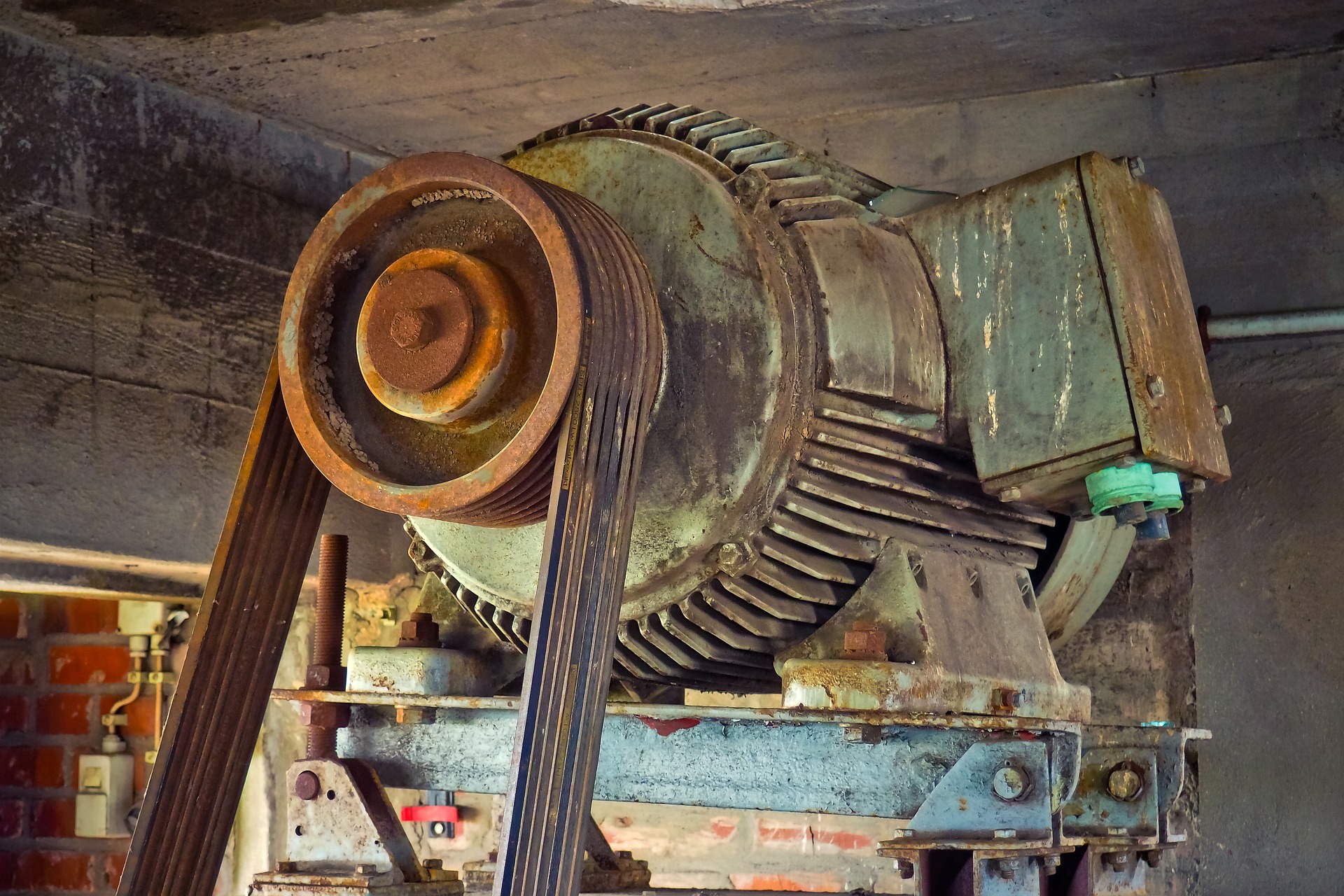
It is important to inspect your system every time you replace a belt in order to make sure your machine is working in optimum conditions. This not only will extend the life of many components including the belts but will also save your money in costs of operation and down time.
The fastest way to inspect your machine for problems is to verify the condition of the old belts you are replacing.
Missing cogs
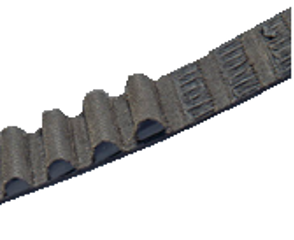
ü Excessive heat
ü Shaves too small or misaligned
ü Improper or prolonged belt storage: check with manufacturer.
ü Back side idler too small
Belt swelling
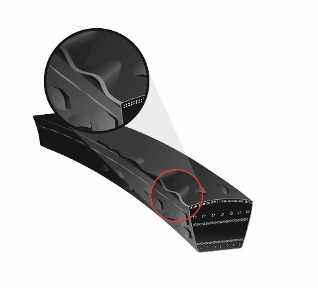
ü Belt is being contaminated with external substances like oil that softs the rubber.
Cracked Belt
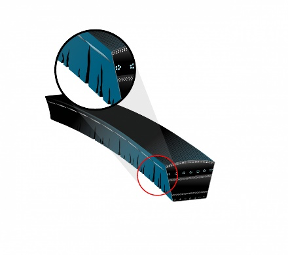
ü Sheave diameter too small and drive need redesign
ü High temperature
ü Belt slippage that requires drive tension
ü Back side idler too small
Chunk cuts with cracking
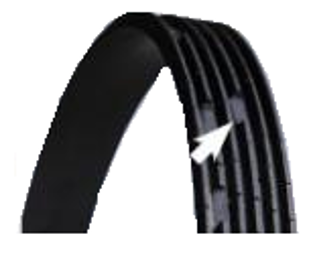
ü Severe back bend idler
ü Improper or prolonged storage.
Sidewall Wear
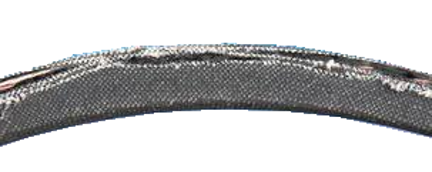
ü Sheaves misalignment.
ü Worn or damages sheaves
ü Presence of dirt on the pulleys and belts
ü It could be also evidence of normal wear.
Glazed belt
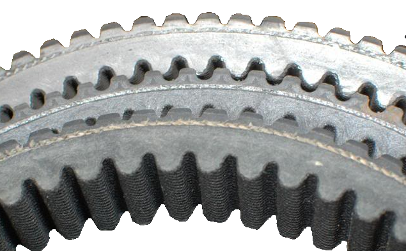
ü Belt slippage due to lack of tension, oily drive conditions, overloaded drive or sheave worn.
ü Under designed drive that cannot carry the load or shaft movement caused by movements in the center distance between the sheaves.
Slip or spin burn

ü Belt slips under starting or stalling load.
ü Load miscalculated and a drive bad calculated as a consequence.
ü Belt too loose.
Premature failure
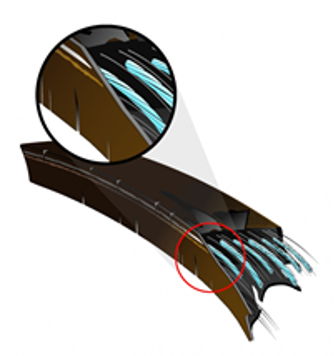
ü Could be cause by extreme shock load which will require drive redesign.
ü An object falling in to the drive.
ü Damaged tensile members due to operator pry or roll the belt on to the drive during installation.
Wear on the top corners
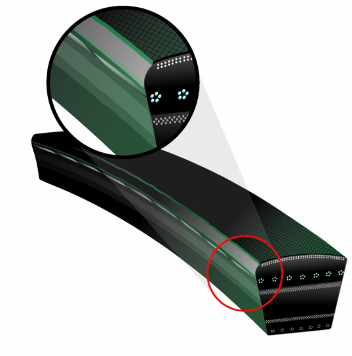
ü The belt is too small for the groove in the sheaves
If you have any questions about your belt failure you can always talk to our team when looking for a
replacement and they will help you finding the cause of failure.

